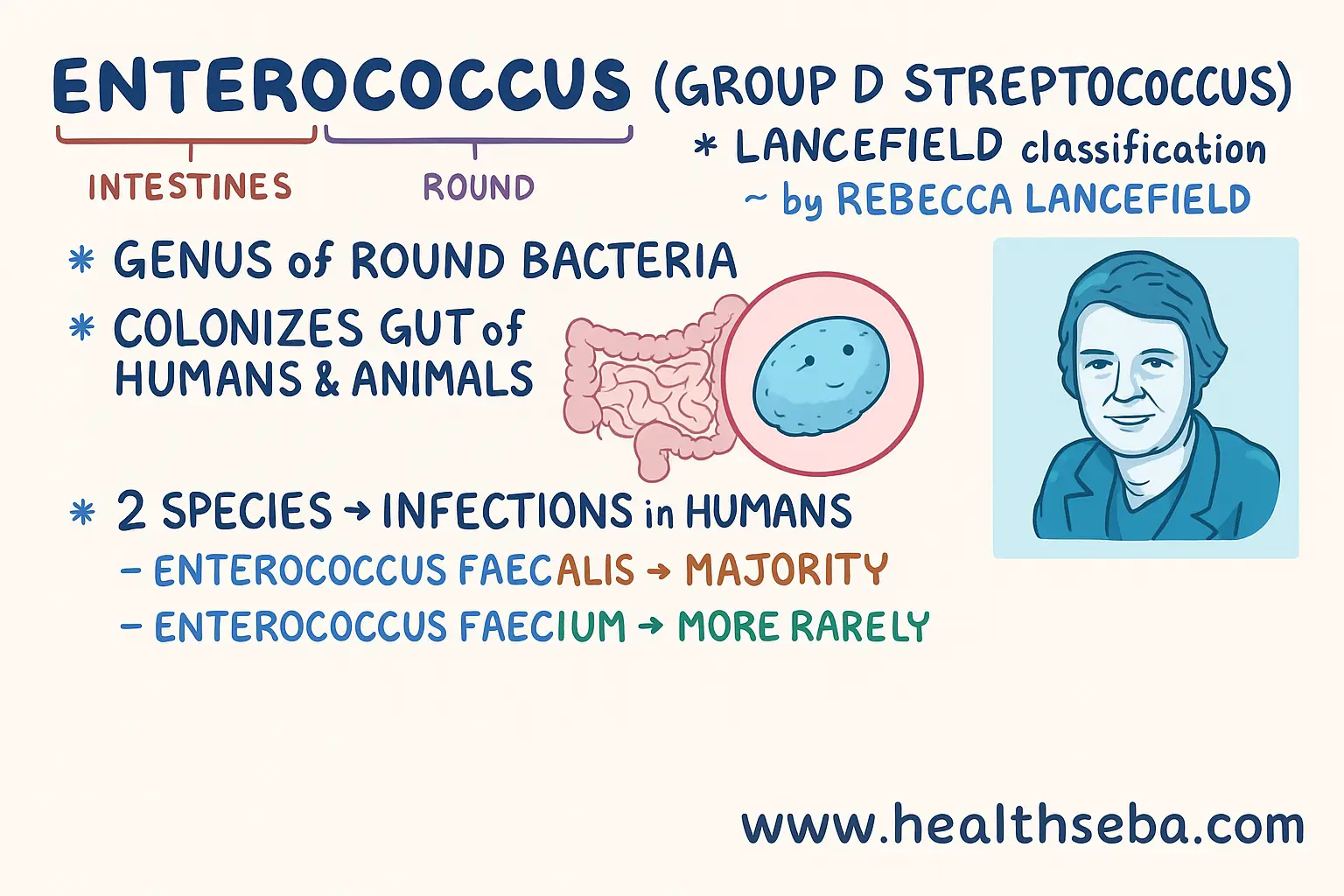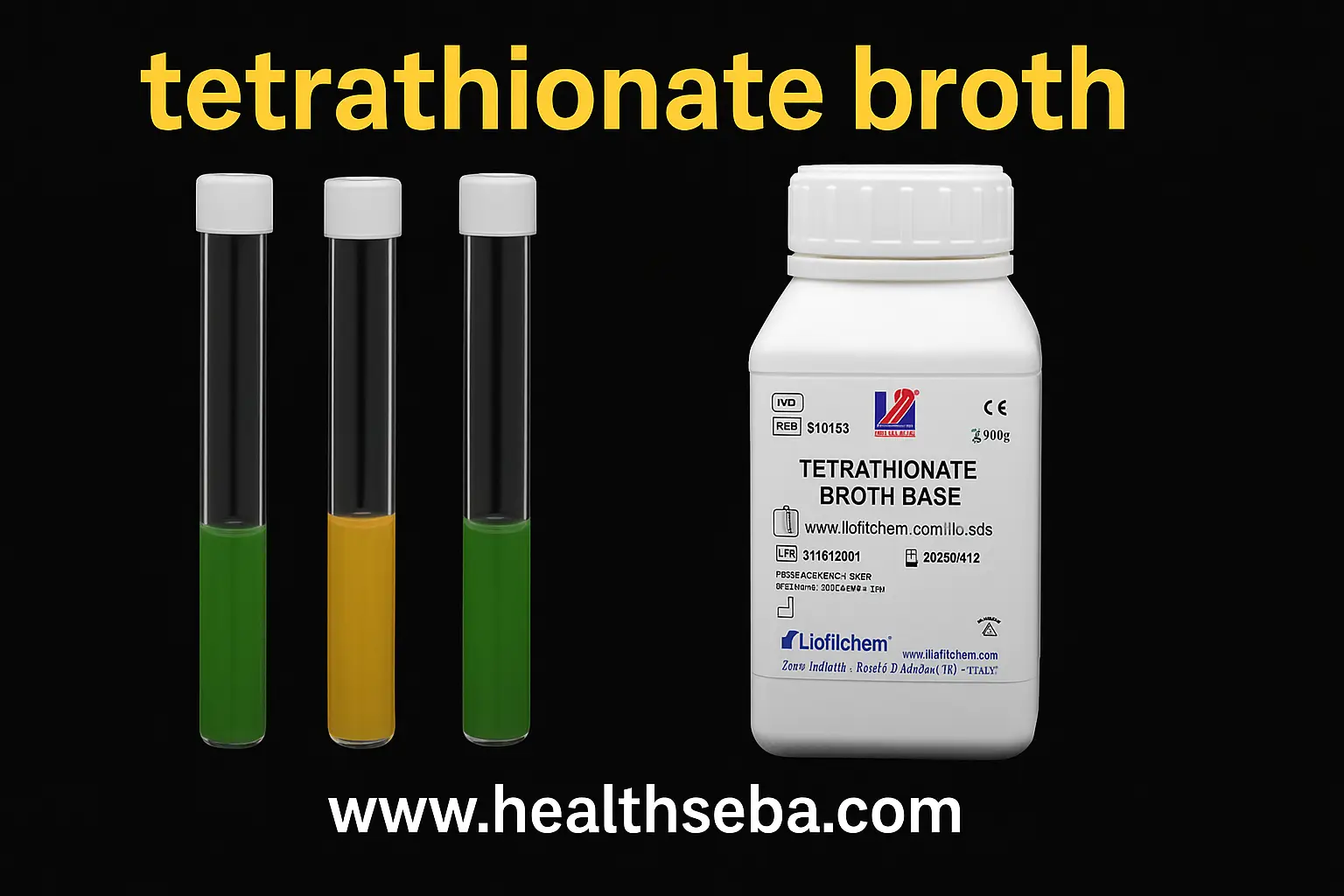Introduction
The Nitrate Reduction Test is an important biochemical test in microbiology that determines the ability of bacteria to reduce nitrate (NO₃⁻) to nitrite (NO₂⁻) or other nitrogenous compounds (e.g., ammonia, nitrogen gas).
This test is particularly useful in differentiating Enterobacteriaceae, Pseudomonas, Neisseria, Corynebacterium, and other clinically relevant bacteria.
Principle
Many bacteria possess the enzyme nitrate reductase, which reduces nitrate → nitrite.
Some bacteria further reduce nitrite to nitrogen gas (N₂) or ammonia (NH₃).
Detection is done by adding reagents:
Sulfanilic acid (reagent A) and α-naphthylamine (reagent B) → react with nitrite to form a red azo dye (positive result).
If no color develops, zinc powder is added:
If red color appears → nitrate was not reduced (true negative).
If no color change → nitrate reduced beyond nitrite (to NH₃ or N₂) → positive.
Procedure
Inoculate bacteria into nitrate broth.
Incubate at 37°C for 24–48 hours.
Add 5 drops of sulfanilic acid (reagent A) and 5 drops of α-naphthylamine (reagent B).
Red color → Positive (nitrate reduced to nitrite).
If no color develops → Add a small amount of zinc powder.
Red color → Negative (nitrate still present).
No color → Positive (nitrate reduced beyond nitrite).
Interpretation
| Result | Observation | Interpretation |
|---|---|---|
| Positive (Step 1) | Red after A & B | Nitrate → Nitrite |
| Positive (Step 2) | No color after zinc | Nitrate → Ammonia or N₂ |
| Negative | Red after zinc | Nitrate not reduced |
Examples of Bacteria
✅ Nitrate Reduction Positive
Escherichia coli
Klebsiella pneumoniae
Proteus spp.
Pseudomonas aeruginosa
Neisseria spp.
❌ Nitrate Reduction Negative
Acinetobacter spp.
Some Lactobacillus spp.
Uses
Differentiates members of Enterobacteriaceae.
Helps distinguish Pseudomonas (positive) from Acinetobacter (negative).
Useful in identifying Neisseria species.
Important in clinical microbiology labs for rapid diagnosis.
Conclusion
The Nitrate Reduction Test is a simple yet powerful biochemical test used in microbiology to identify bacterial species based on their ability to reduce nitrate. It plays a vital role in differentiating Gram-negative bacilli and other medically important bacteria.
Related Posts

Walking And Exercise During Pregnancy
Introduction Pregnancy is a time of significant change not only…

Enterococcus
Enterococcus Introduction Enterococcus is a genus of Gram-positive bacteria. At…

Tetrathionate Broth
Introduction Tetrathionate broth is a selective enrichment liquid medium used…